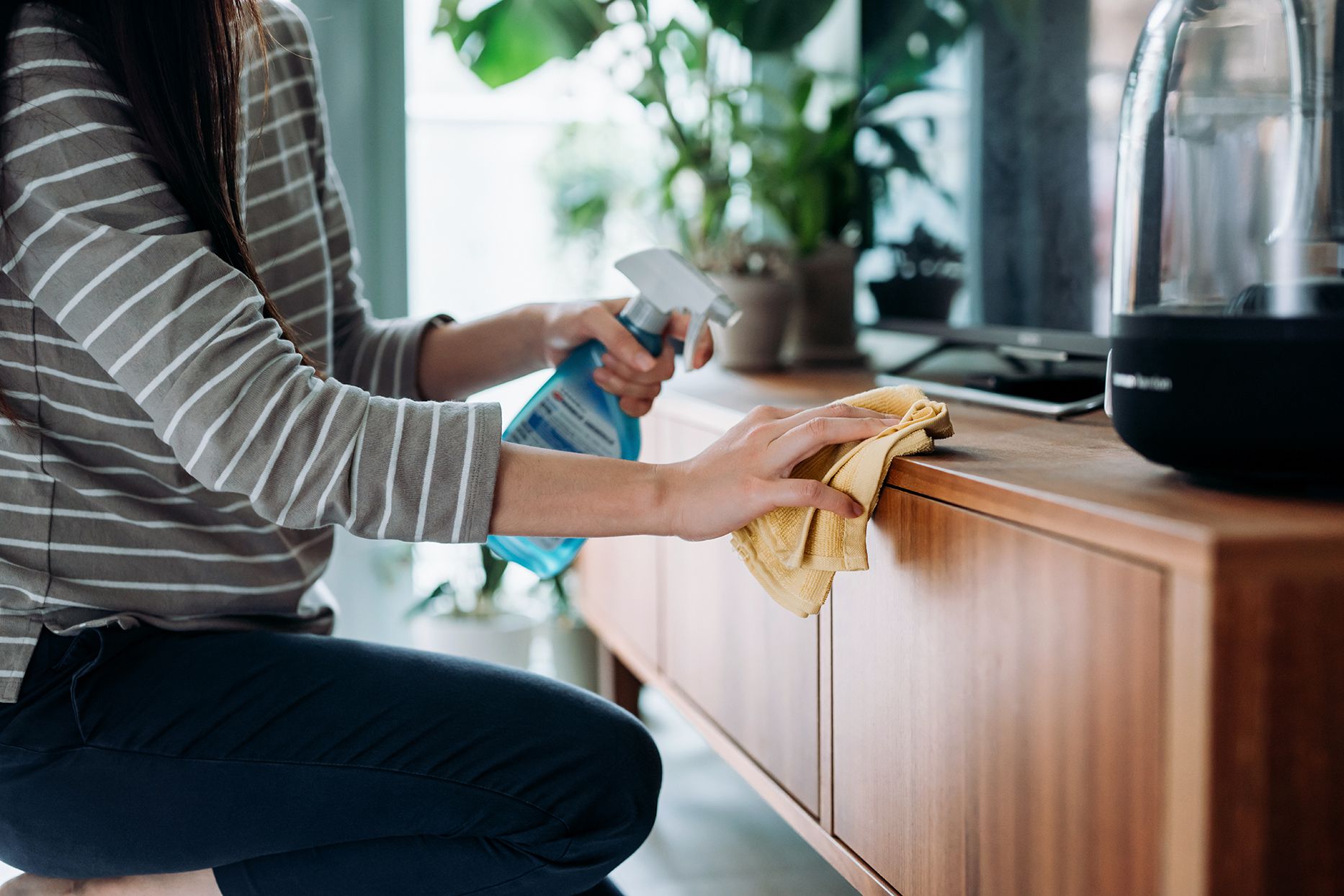

Articles
How To Dust Furniture
Modified: February 14, 2024
Looking for effective ways to dust furniture? Check out our comprehensive guide on how to properly clean and maintain your furniture, ensuring a dust-free and polished look.
(Many of the links in this article redirect to a specific reviewed product. Your purchase of these products through affiliate links helps to generate commission for Storables.com, at no extra cost. Learn more)
Introduction
Welcome to the world of furniture! Whether you’re a long-time furniture enthusiast or someone new to the concept, one thing is clear – furniture is an essential part of our lives. From the cozy sofa in our living room to the sturdy dining table in our kitchen, furniture not only serves functional purposes but also adds character and charm to our spaces.
However, like any other possession, furniture requires care and maintenance to ensure its longevity. One crucial aspect of furniture maintenance is regular dusting. Dust can accumulate on surfaces, making furniture look dull and unappealing. But fear not! In this article, we will guide you through the process of dusting furniture and share valuable tips to make the task efficient and enjoyable.
Key Takeaways:
- Regular dusting and maintenance are essential for preserving the beauty and longevity of furniture. By following safety precautions, using the right cleaning supplies, and employing specific techniques for different materials, you can effectively remove dust and maintain the appeal of your beloved pieces.
- In addition to regular dusting, addressing spills and stains promptly, protecting furniture against damage, and periodically deep cleaning will help maintain the beauty and integrity of your furniture over time. Incorporating these cleaning and maintenance tips will ensure that your furniture remains a beautiful and functional part of your home for years to come.
Read more: How To Wash Dust Mop
Safety Precautions
Before we dive into the dusting techniques, it’s important to prioritize safety. Consider the following precautions to protect yourself and your furniture while cleaning:
- Wear protective gloves to prevent any allergic reactions or skin irritation.
- Ensure proper ventilation in the room to avoid inhaling airborne dust particles.
- If using any cleaning products, read the instructions carefully and follow them accordingly.
- Take extra caution when dusting fragile or valuable furniture items to avoid accidental damage.
Gathering Supplies
To efficiently clean your furniture, it’s essential to gather the necessary supplies beforehand. Here are some items that will simplify the dusting process:
- Microfiber cloths or dusters: These are great for capturing dust particles without spreading them around.
- Furniture polish or a mild cleaning solution: Use these to restore shine and remove stubborn stains.
- A soft-bristled brush or a toothbrush: These are handy for cleaning hard-to-reach areas or intricate designs.
- A vacuum cleaner with a brush attachment: This will make quick work of removing dust from upholstery.
Now that you have your safety precautions in place and the necessary supplies ready, let’s move on to the actual dusting techniques!
Key Takeaways:
- Regular dusting and maintenance are essential for preserving the beauty and longevity of furniture. By following safety precautions, using the right cleaning supplies, and employing specific techniques for different materials, you can effectively remove dust and maintain the appeal of your beloved pieces.
- In addition to regular dusting, addressing spills and stains promptly, protecting furniture against damage, and periodically deep cleaning will help maintain the beauty and integrity of your furniture over time. Incorporating these cleaning and maintenance tips will ensure that your furniture remains a beautiful and functional part of your home for years to come.
Read more: How To Wash Dust Mop
Safety Precautions
When it comes to dusting furniture, it’s important to take certain safety precautions to protect yourself and your furniture from any potential harm. Here are some essential safety tips to keep in mind:
- Wear protective gloves: Before you start dusting, it’s a good idea to wear gloves. This will not only protect your hands from dust and dirt but also prevent any allergic reactions or skin irritation that may be caused by certain cleaning products or materials.
- Ensure proper ventilation: Dusting furniture can stir up particles that may be harmful to inhale. To avoid breathing in dust, make sure the room is well-ventilated by opening windows or using fans. This will help in reducing dust concentration in the air.
- Use non-toxic cleaning products: When choosing cleaning products to use on your furniture, opt for non-toxic and environmentally friendly options whenever possible. This will ensure the safety of your family and pets, as well as protect the integrity of your furniture.
- Read and follow instructions: If you decide to use any cleaning products or solutions, it is important to read and follow the instructions provided by the manufacturer. Different types of furniture may require specific cleaning techniques or products, so make sure you are using them correctly to avoid any potential damage.
- Protect delicate or valuable items: If you have delicate or valuable furniture pieces, take extra precautions while dusting them. Use gentle techniques and avoid applying too much pressure or using harsh cleaning agents that could cause damage. Consider seeking professional assistance if needed to ensure the safety of these special items.
- Avoid direct sunlight: When dusting furniture, it’s important to avoid exposing it to direct sunlight for extended periods. Direct sunlight can cause fading and damage to the furniture’s finish over time. Position your furniture away from windows or use curtains or blinds to block out the sun’s rays.
By following these safety precautions, you can ensure a safe and effective dusting process for both yourself and your furniture. Now that you are equipped with the necessary safety tips, let’s move on to gathering the supplies needed for dusting.
Gathering Supplies
Before you begin the dusting process, it’s important to gather all the necessary supplies. Having the right tools at hand will make your job easier and more efficient. Here are the essential supplies you’ll need for dusting your furniture:
- Microfiber cloths or dusters: These are excellent for dusting as they trap and hold onto dust particles, preventing them from being spread around. Microfiber materials are gentle on surfaces and won’t scratch or damage your furniture.
- Furniture polish or a mild cleaning solution: Depending on the type of furniture you have, you may need a furniture polish or a mild cleaning solution. These products are designed to clean and restore the shine of your furniture. Always choose a product that is suitable for your furniture’s material.
- A soft-bristled brush or toothbrush: Some furniture may have intricate details or hard-to-reach areas. A soft-bristled brush or a toothbrush can be handy for cleaning these intricate spots. Use the brush gently to remove dust and debris, ensuring you don’t scratch or damage the surface.
- Vacuum cleaner with a brush attachment: If you have upholstered furniture, a vacuum cleaner with a brush attachment is essential. It helps to easily remove dust and dirt from the fabric, keeping it clean and fresh. Make sure the brush attachment is suitable for the upholstery material to avoid any potential damage.
- Cleaning gloves: While not necessary, wearing cleaning gloves can protect your hands from dust, cleaning agents, and potential allergens. It’s especially useful if you have sensitive skin or if you’ll be using cleaning solutions during the dusting process.
Once you gather all the necessary supplies, you’ll be fully prepared to tackle your furniture dusting task. Now that you have everything you need, it’s time to move on to the preparation steps before dusting your furniture.
Read more: How To Store Dust Jackets
Preparation
Before you dive into dusting your furniture, it’s important to do some preparation to ensure a smooth and efficient process. Taking a few extra minutes to prepare will help you maximize the effectiveness of your dusting efforts. Here are a few important steps to follow during the preparation phase:
Clear the Furniture Surfaces
Start by removing any items or clutter from the surfaces of the furniture you’ll be dusting. This includes decorative items, books, plants, and other small objects. Clearing the surface will allow you to have better access and reach to all areas of the furniture, ensuring a thorough cleaning.
Dust Off Loose Debris
Use a dry microfiber cloth or a duster to gently remove any loose debris or crumbs from the furniture surface. This step will prevent you from spreading dirt around while you’re dusting. Pay special attention to crevices, corners, and edges where dust tends to accumulate.
Check for Damage or Loose Parts
Before you start dusting, give your furniture a quick inspection to identify any damage or loose parts. Check for wobbly legs, loose screws, or any signs of wear and tear. Fixing any minor issues beforehand will help maintain the longevity of your furniture and prevent further damage during the cleaning process.
Read more: How To Reduce Construction Dust
Test Cleaning Products
If you plan to use any cleaning products or solutions on your furniture, it’s a good idea to test them on a small, inconspicuous area first. This step ensures that the product won’t cause any discoloration or damage to the furniture’s surface. Follow the instructions on the product label and observe any recommended waiting times before proceeding.
Protect Nearby Surfaces
If you’re using furniture polish or any liquid cleaning solutions, take precautions to protect nearby surfaces. Use a drop cloth or place towels or newspapers underneath the furniture to catch any potential spills or drips. This will prevent damage to floors or other furniture pieces from accidental spills or splatters.
By taking these preparation steps, you’ll be setting the stage for a successful dusting session. Once you’ve prepared your furniture and gathered the necessary supplies, you’re ready to move on to the actual dusting techniques based on the type of furniture you have. Let’s explore the dusting techniques for different furniture materials in the next sections.
Dusting Techniques
When it comes to dusting furniture, different materials require different techniques to ensure effective and safe cleaning. Here, we will discuss dusting techniques for various types of furniture materials such as wooden, upholstered, metal, and glass.
Dusting Wooden Furniture
Wooden furniture is a classic and timeless addition to any home. To dust wooden furniture, follow these steps:
- Start by using a dry microfiber cloth or duster to wipe away loose dust and debris.
- Dampen a cloth slightly with water or a mild cleaning solution specifically formulated for wood furniture.
- Gently wipe the furniture in the direction of the wood grain. Avoid applying excessive moisture, as it can cause damage to the wood.
- For intricate details or hard-to-reach areas, use a soft-bristled brush or toothbrush to remove dust gently.
- Once you’ve finished dusting, allow the furniture to air dry completely before placing any items back on the surface.
Read more: How To Control Construction Dust
Dusting Upholstered Furniture
Upholstered furniture requires special attention to ensure that the fabric remains clean and intact. Here’s how to dust upholstered furniture:
- Start by using a vacuum cleaner with a brush attachment to remove loose dust and dirt from the upholstery. Move the brush attachment in gentle, overlapping motions to avoid causing any damage to the fabric.
- If there are any stains or spots on the upholstery, use a fabric-specific stain remover or a mild cleaning solution to treat them. Follow the instructions provided by the manufacturer and test the product on a small, inconspicuous area before applying it to the entire stain.
- After removing any stains, lightly brush the upholstery using a soft-bristled brush to restore the fabric’s texture and remove any remaining dust particles.
Dusting Metal Furniture
Metal furniture adds a touch of sleekness and modernity to any space. To dust metal furniture, follow these steps:
- Begin by using a dry microfiber cloth or duster to wipe away loose dust and dirt from the metal surfaces.
- If there are any tarnished spots or stains, use a metal cleaner or a mild soapy solution to gently clean the affected areas. Avoid using abrasive cleaners that could scratch the metal.
- For intricate or hard-to-reach areas, use a soft-bristled brush or a toothbrush to remove dust and dirt.
- Once you’ve finished dusting, wipe the metal furniture with a clean, dry cloth to remove any excess moisture.
Dusting Glass Furniture
Glass furniture adds a touch of elegance and openness to any room. To dust glass furniture, follow these steps:
- Start by using a dry microfiber cloth or duster to wipe away loose dust and fingerprints from the glass surfaces.
- If there are any stubborn marks or smudges, dampen a cloth with a glass cleaner and gently wipe the affected areas. Avoid using abrasive materials that could scratch the glass.
- For hard-to-reach areas and corners, use a cotton swab or a soft-bristled brush to remove dust and dirt gently.
- Once you’ve finished dusting, use a dry cloth to buff the glass surfaces and remove any streaks or residual moisture.
By following these dusting techniques specific to different materials, you can effectively clean your furniture without causing any damage. Next, we’ll explore how to tackle difficult-to-reach areas while dusting.
Dusting Wooden Furniture
Wooden furniture is not only functional but also adds warmth and elegance to any space. To keep your wooden furniture looking its best, regular dusting is essential. Here are some steps to effectively dust wooden furniture:
- Start by removing loose dust: Use a dry microfiber cloth or duster to gently remove any loose dust and debris from the surface of the wooden furniture. Make sure to pay attention to the corners, crevices, and intricate designs where dust tends to accumulate.
- Choose the right cleaning solution: Depending on the type of wood and finish of your furniture, select a suitable cleaning solution. Avoid using harsh chemicals or abrasive cleaners that can damage the wood. If unsure, a mixture of mild dish soap and warm water can work well for most wooden furniture.
- Dampen a cloth: Moisten a cloth with the cleaning solution or warm water. Wring it out well, ensuring it is damp rather than wet. Excess moisture can cause damage to the wood.
- Gently wipe the surface: Begin wiping the wooden furniture in the direction of the wood grain. This helps to avoid potential scratches and keeps the natural beauty of the wood intact. Use light pressure and be careful not to saturate the wood with excess moisture.
- Pay attention to intricate details: For furniture with intricate designs or hard-to-reach areas, use a soft-bristled brush or a toothbrush to gently remove dust. Be gentle to prevent any damage to the wood.
- Dry the furniture: After wiping the wooden furniture, use a dry microfiber cloth to remove any remaining moisture. Ensure the surface is completely dry before placing any items back on it.
- Apply furniture polish (optional): If desired, you can apply a small amount of furniture polish to restore shine and protect the wood. Make sure to follow the instructions on the polish and use it sparingly.
Remember to always test any cleaning solution or furniture polish on a small, inconspicuous area of the furniture before applying it to the entire surface. This ensures that it won’t cause any damage or discoloration.
Regular dusting of wooden furniture not only keeps it looking clean and polished but also helps to maintain its longevity. Avoid exposing wooden furniture to direct sunlight and extreme temperatures, as they can cause fading, warping, or cracking. By giving your wooden furniture regular care and attention, you can enjoy its beauty for years to come.
Now that you know how to dust wooden furniture, let’s move on to the next section where we will discuss how to effectively dust upholstered furniture.
Read more: How To Use Dust Mop
Dusting Upholstered Furniture
Upholstered furniture adds comfort and style to our homes, but it also requires regular maintenance to keep it looking clean and fresh. Dust, dirt, and pet dander can easily accumulate on upholstered surfaces, making it necessary to dust them regularly. Here are some steps to effectively dust upholstered furniture:
- Prepare the vacuum cleaner: Attach the brush attachment to your vacuum cleaner. This attachment is designed to gently clean the upholstery without causing any damage.
- Remove loose debris: Use your hand or a soft brush to gently loosen and remove any loose debris, such as crumbs or pet hair, from the upholstery.
- Vacuum the surface: Starting from the top and working your way down, use the brush attachment to vacuum the entire surface of the upholstered furniture. Make sure to cover all areas, including the seat cushions, backrests, and armrests.
- Pay attention to crevices and corners: Use the crevice tool or the brush attachment to clean hard-to-reach areas, such as crevices, corners, and seams. This will help remove any trapped dust and dirt.
- Spot clean stains: If you notice any stains on the upholstery, use a fabric-specific stain remover or a mild cleaning solution to treat them. Follow the instructions provided by the manufacturer and test the product on a small, inconspicuous area first to ensure it doesn’t damage the fabric.
- Use a soft-bristled brush: For delicate or textured upholstery, use a soft-bristled brush to gently brush the fabric in circular motions. This helps restore the texture and remove any remaining dust particles from the surface.
- Allow the furniture to dry: If the upholstery becomes slightly damp during the cleaning process, allow it to air dry completely before using the furniture again. This will prevent any potential mold or mildew growth.
It’s important to note that regular vacuuming and dusting can help prevent dirt and dust from becoming deeply embedded in the fabric, prolonging the life of your upholstered furniture.
For a deeper clean, you may consider professional upholstery cleaning or using a steam cleaner. However, always check the manufacturer’s recommendations or consult a professional before using any additional cleaning methods.
By following these steps, you can effectively remove dust, dirt, and debris from your upholstered furniture, keeping it looking clean and fresh for years to come.
Next, let’s explore how to dust and clean metal furniture to maintain its shine and beauty.
Dusting Metal Furniture
Metal furniture is a durable and versatile choice that adds a modern touch to any space. Dust, dirt, and fingerprints can accumulate on metal surfaces over time, making regular dusting essential to maintain its shine and beauty. Here are some steps to effectively dust metal furniture:
- Start by removing loose dust: Use a dry microfiber cloth or duster to gently remove any loose dust and debris from the metal surfaces. This will prevent scratching the metal during the cleaning process.
- Choose the right cleaning solution: Depending on the type of metal and any protective coatings on the furniture, select an appropriate cleaning solution. Avoid using abrasive cleaners that can scratch the metal. Mild dish soap mixed with warm water can be effective for most metal furniture.
- Dampen a cloth: Moisten a cloth with the cleaning solution or warm water. Wring it out well to ensure it is damp, not dripping wet.
- Gently wipe the surface: Wipe the metal furniture with the damp cloth, making sure to cover all areas. Apply light pressure and use smooth, even strokes to remove any dirt or grime. For stubborn stains, consider using a soft brush or toothbrush to gently scrub the affected areas.
- Pay attention to intricate details: Use a soft-bristled brush or a cotton swab to clean any intricate designs or hard-to-reach areas on the metal furniture.
- Dry the furniture: After wiping the metal furniture, use a clean, dry microfiber cloth to remove any excess moisture. This will help prevent water spots or streaks from forming.
- Protective coating (if applicable): If your metal furniture has a protective coating, such as a clear lacquer or powder coat, it’s important to check the manufacturer’s instructions for proper care. Some coatings may require periodic reapplication or specific cleaning techniques to maintain their protective properties.
In addition to regular dusting, it’s important to protect metal furniture from environmental factors that can cause corrosion or damage. Avoid placing metal furniture in direct sunlight or exposing it to extreme temperatures or moisture.
By following these steps, you can effectively remove dust and maintain the shine of your metal furniture, keeping it looking sleek and beautiful for years to come.
Next, let’s explore how to dust and clean glass furniture to keep it sparkling and transparent.
Dusting Glass Furniture
Glass furniture brings a touch of elegance and transparency to any space. However, dust and fingerprints can quickly accumulate on its surface, diminishing its clarity and shine. Regular dusting is crucial to keep glass furniture looking pristine. Here are some steps to effectively dust glass furniture:
- Start with a dry microfiber cloth: Begin by using a dry microfiber cloth to gently remove any loose dust and debris from the glass surfaces. This will prevent scratching the glass during the cleaning process.
- Moisten the cloth: Dampen the microfiber cloth with a glass cleaner or a mixture of water and vinegar. Make sure the cloth is not dripping wet to avoid leaving streaks or water spots.
- Gently wipe the surface: Wipe the glass furniture using the moistened cloth, making smooth and even strokes. Focus on areas with visible dirt, fingerprints, or smudges. Pay attention to corners and edges as well.
- Remove stubborn marks: If there are stubborn marks or residue on the glass, use a soft-bristled brush or a cotton swab dipped in the glass cleaner to gently scrub the affected areas. Avoid using abrasive materials that could scratch the glass.
- Dry the furniture: Once you’re satisfied with the cleaning, use a clean, dry microfiber cloth to remove any remaining moisture from the glass surfaces. This final step will prevent streaks and ensure a sparkling finish.
- Consider using a glass polish (optional): If desired, you can further enhance the shine of your glass furniture by using a glass polish. Follow the instructions provided by the manufacturer and use it sparingly to avoid buildup.
It’s important to note that using the right cleaning products and techniques is crucial for glass furniture. Avoid using harsh chemicals or abrasive materials that can damage the glass surface. If in doubt, always refer to the manufacturer’s instructions or consult a professional.
Additionally, to maintain the clarity of the glass, avoid placing glass furniture in direct sunlight as prolonged exposure can cause fading or discoloration. Regular dusting combined with a comprehensive cleaning routine will help keep your glass furniture looking pristine and transparent.
Now that you know how to effectively dust glass furniture, let’s move on to addressing some of the difficult areas you may encounter during the dusting process.
Dusting Difficult Areas
When it comes to dusting furniture, there are often difficult areas that require special attention and care. These areas can be challenging to reach and prone to collecting dust. By paying extra attention to these spots, you can ensure a thorough and effective dusting routine. Here are some techniques for dusting difficult areas:
Read more: How To Clean Dust Off Blinds
Crevices and Corners
Crevices and corners are notorious for accumulating dust. Use a soft-bristled brush or a toothbrush to reach into these tight spaces. Gently brush the dust out, taking care not to scratch or damage the furniture. For stubborn dust, you can use a can of compressed air to blow it away.
Underneath and Behind Furniture
Don’t forget to dust the often-neglected areas underneath and behind your furniture. Use an extendable duster or a flat mop to reach these areas. If necessary, move the furniture to access these spots more easily. Remember to take precautions and lift furniture properly to avoid strain or injury.
Intricate Designs or Engravings
If your furniture has intricate designs or engravings, a soft-bristled brush or a toothbrush can come in handy. Gently brush the dust away from these areas, taking care not to damage the details.
Between Cushions
If you have upholstered furniture with removable cushions, take the opportunity to remove the cushions and vacuum out the crumbs and dust that might have accumulated between them. Use the brush attachment of your vacuum cleaner to thoroughly clean between the cushions and eliminate any hidden dust.
Read more: How To Keep Dust Off Bookshelves
Electronics and Entertainment Centers
Dust can easily accumulate on electronic devices, such as TVs, gaming consoles, and sound systems. Use a soft microfiber cloth or an electronics-specific dusting tool to gently remove the dust from these items. Make sure to power off the devices before dusting and avoid using any liquid cleaners directly on them.
Light Fixtures and Chandeliers
When it comes to dusting light fixtures and chandeliers, it’s essential to turn off the power and allow the bulbs to cool down before cleaning. Use a microfiber cloth or a duster with an extendable handle to gently remove the dust from the surface of the fixtures. Consider using a glass cleaner for glass light fixtures to maintain their transparency and brightness.
By dedicating extra attention to these difficult areas, you can ensure that your furniture is thoroughly dusted and free from hidden dust particles. Now that you’re equipped with techniques to tackle challenging spots, let’s move on to cleaning and maintaining your furniture to keep it looking its best.
Cleaning and Maintaining Furniture
Regular dusting is an important part of maintaining furniture, but there are other steps you can take to keep your furniture looking its best over time. From cleaning spills to protecting against damage, here are some tips for cleaning and maintaining your furniture:
Addressing Spills and Stains
Accidents happen, and it’s essential to address spills and stains promptly to prevent permanent damage to your furniture. Here’s what you can do:
- Blot the spill with a clean cloth or paper towel to absorb as much liquid as possible. Avoid rubbing, as this can spread the stain.
- If needed, use a mild cleaning solution specifically designed for the type of furniture you have. Test the solution on a small, inconspicuous area first to ensure it doesn’t cause discoloration or damage.
- Gently dab the stain with the cleaning solution, working from the outside toward the center. Rinse the area with water and blot dry. Allow the furniture to air dry completely.
- For stubborn stains or tough-to-remove spots, consider consulting a professional upholstery cleaner.
Read more: How To Get Rid Of Dust In Basement
Protecting Against Damage
Prevention is key when it comes to protecting your furniture against damage. Here are some preventative measures to consider:
- Use coasters: Encourage the use of coasters or placemats to prevent water rings, heat damage, or scratches on wooden and glass surfaces.
- Use protective pads: Place felt or rubber pads under objects that may scratch or damage furniture surfaces, such as lamps, vases, or decorative items.
- Rotate cushions: To ensure even wear, rotate the cushions of your upholstered furniture regularly.
- Limit exposure to sunlight: Direct sunlight can fade and damage furniture over time. Consider using curtains, blinds, or UV-protective films on windows to reduce sun exposure.
Periodic Deep Cleaning
In addition to regular dusting, periodic deep cleaning can help maintain the overall cleanliness and freshness of your furniture. Consider the following:
- Read and follow manufacturer instructions: Different furniture materials require different cleaning techniques. Refer to the manufacturer’s instructions for the best cleaning methods specific to your furniture.
- Professional cleaning: For more delicate or valuable furniture pieces, consider hiring a professional cleaning service. They have the expertise and specialized equipment to deep clean and condition your furniture properly.
- Protective finishes: Some furniture may have protective finishes that require specific care. Follow any care instructions provided to maintain the integrity of the finish.
By incorporating these cleaning and maintenance tips, you can prolong the lifespan of your furniture and keep it looking its best. Regular maintenance and care will ensure that your furniture remains a beautiful and functional part of your home for years to come.
Now that you have a solid understanding of how to clean and maintain furniture, let’s conclude our comprehensive guide to dusting and caring for your beloved pieces.
Conclusion
Dusting and maintaining furniture can be a simple and rewarding task when approached with the right techniques and care. By incorporating regular dusting into your cleaning routine, you can preserve the beauty and longevity of your furniture for years to come.
We have covered various aspects of dusting furniture, from safety precautions to gathering supplies, and from dusting techniques for different materials to cleaning and maintaining furniture. By following these guidelines, you can effectively remove dust, dirt, and stains while keeping your furniture looking clean, fresh, and appealing.
Remember to prioritize safety by wearing protective gloves, ensuring proper ventilation, and using non-toxic cleaning products. Gathering the necessary supplies, such as microfiber cloths, mild cleaning solutions, and soft-bristled brushes, will make your dusting task more efficient and effective.
For wooden furniture, use a damp cloth and gentle wiping motions in the direction of the wood grain to maintain its natural beauty. With upholstered furniture, vacuuming with a brush attachment and spot cleaning stains will keep the fabric looking clean and fresh.
When dusting metal furniture, use a dry microfiber cloth to remove loose dust, and dampen the cloth slightly for more stubborn stains. For glass furniture, a dry microfiber cloth followed by a dampened cloth with glass cleaner will ensure transparency and shine.
Don’t forget to pay attention to difficult areas, such as crevices, corners, and underneath furniture. Use brushes and extendable tools to reach these spots and remove hidden dust and debris.
In addition to regular dusting, addressing spills and stains promptly, protecting furniture against damage, and periodically deep cleaning will help maintain the beauty and integrity of your furniture over time.
By following these guidelines and incorporating regular maintenance and care, you can enjoy your furniture for years to come, preserving its functionality, beauty, and charm.
So, roll up your sleeves, gather your cleaning supplies, and embark on the journey of dusting and caring for your furniture. Your efforts will be rewarded with furniture that not only looks great but also stands the test of time.
Frequently Asked Questions about How To Dust Furniture
Was this page helpful?
At Storables.com, we guarantee accurate and reliable information. Our content, validated by Expert Board Contributors, is crafted following stringent Editorial Policies. We're committed to providing you with well-researched, expert-backed insights for all your informational needs.
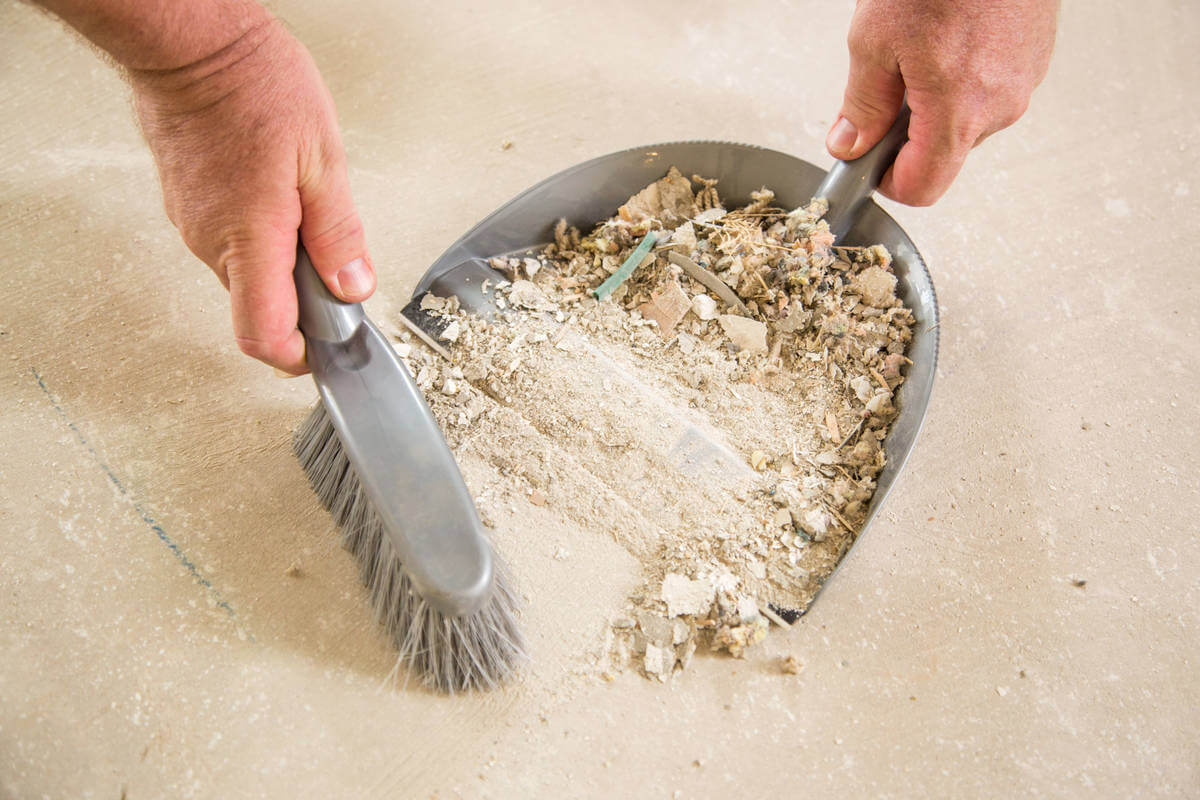
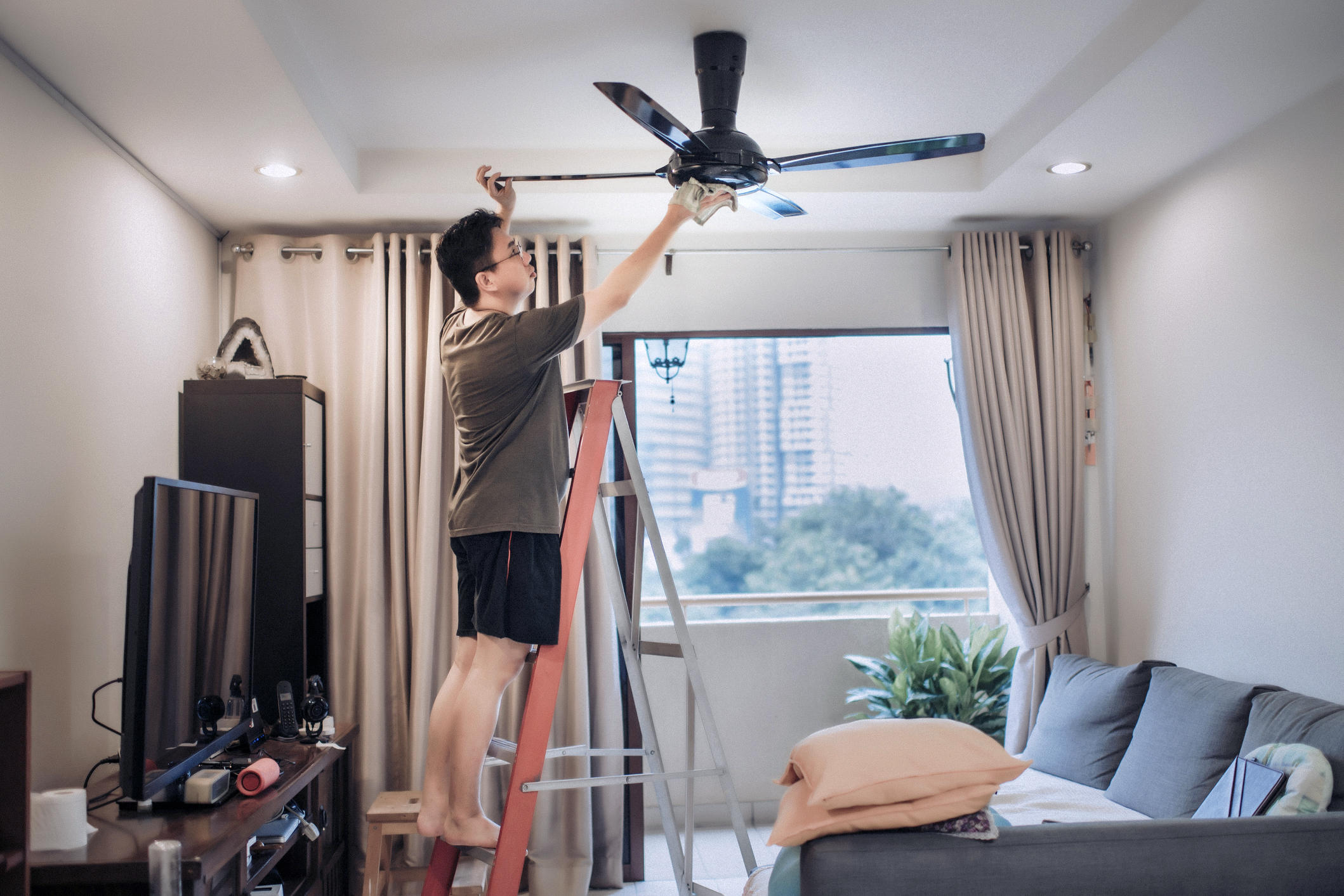
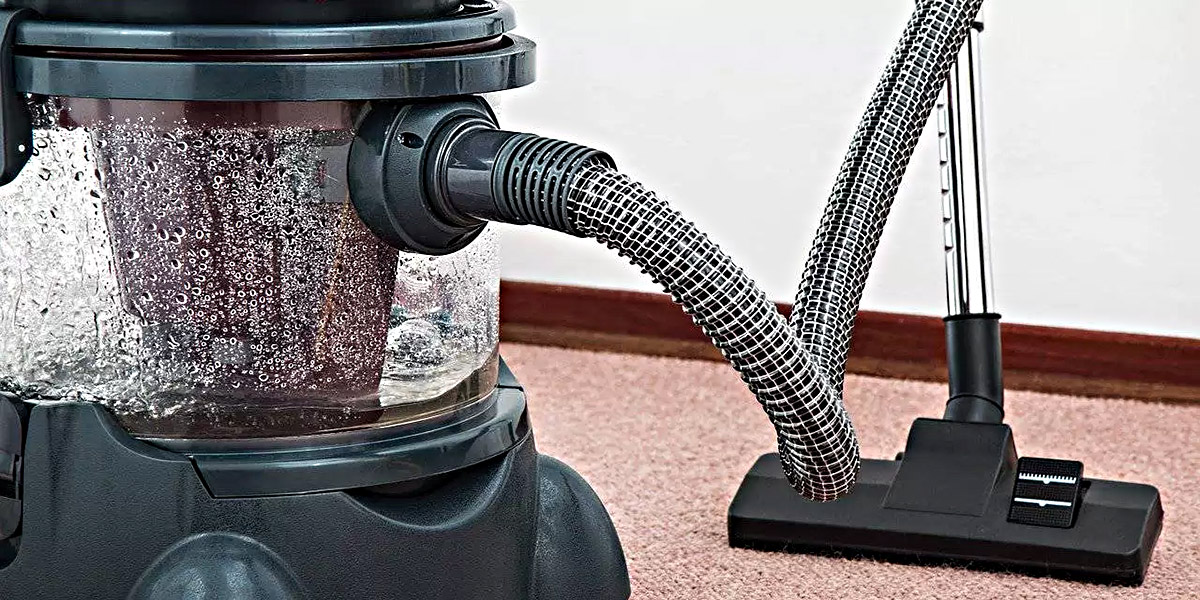
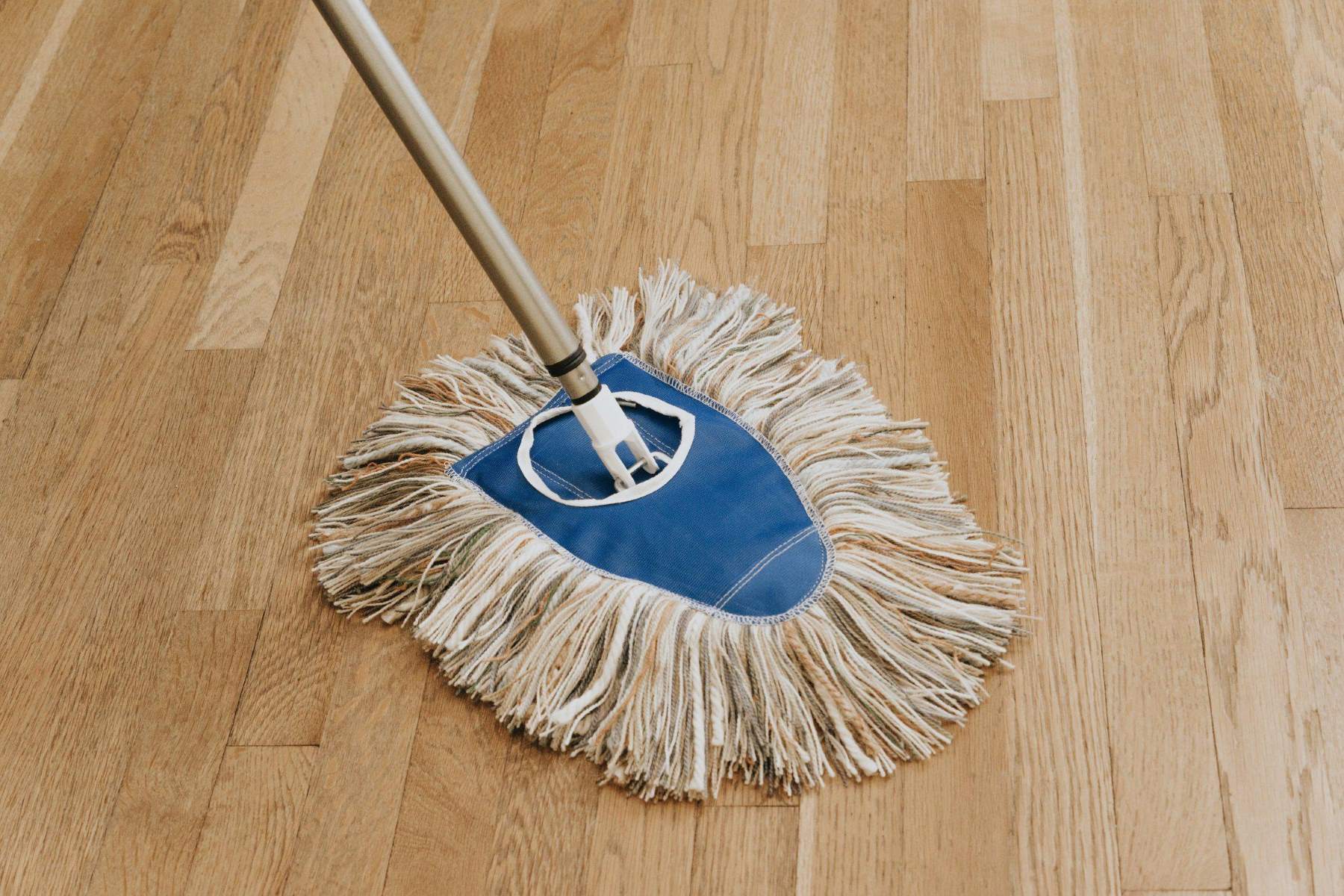
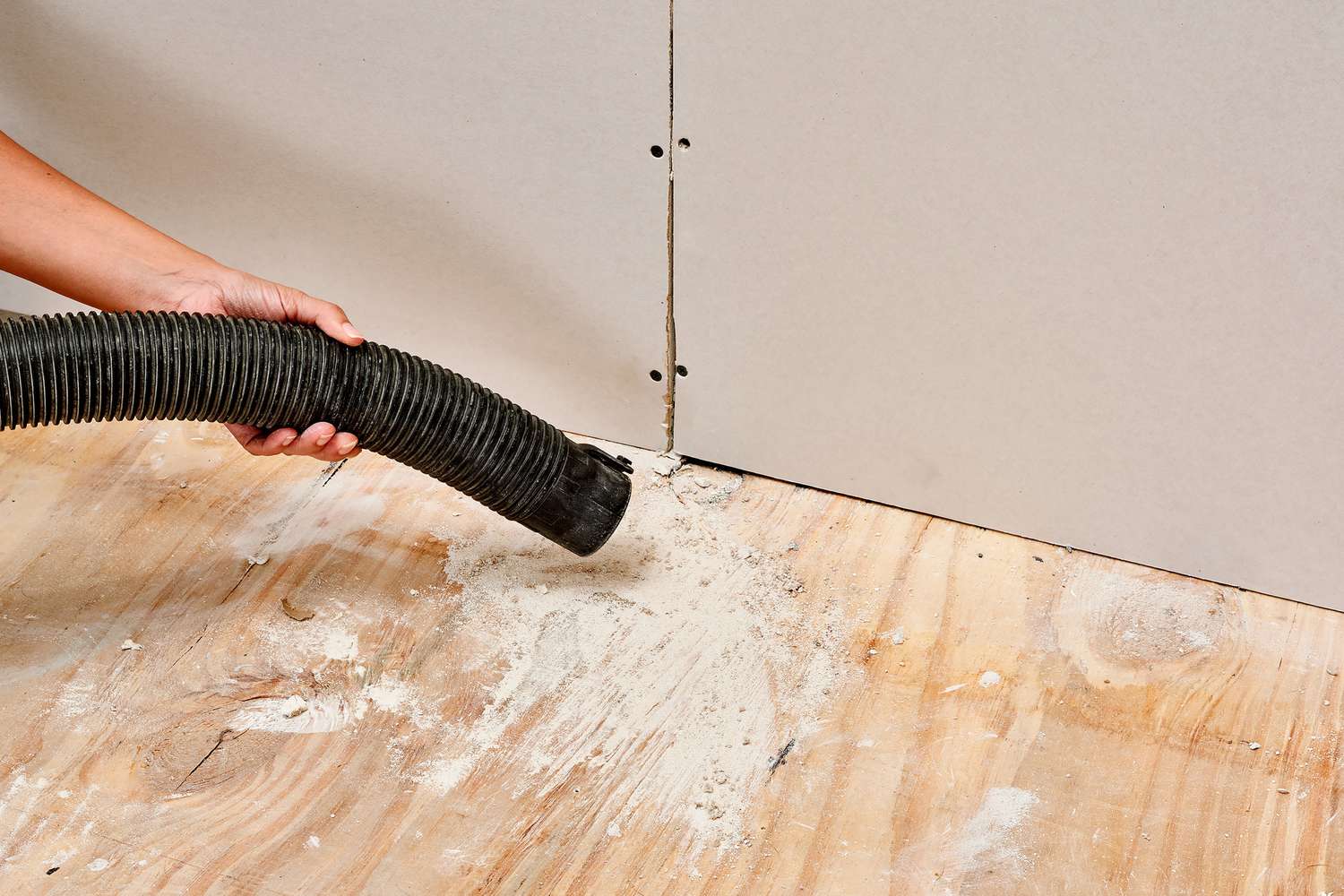
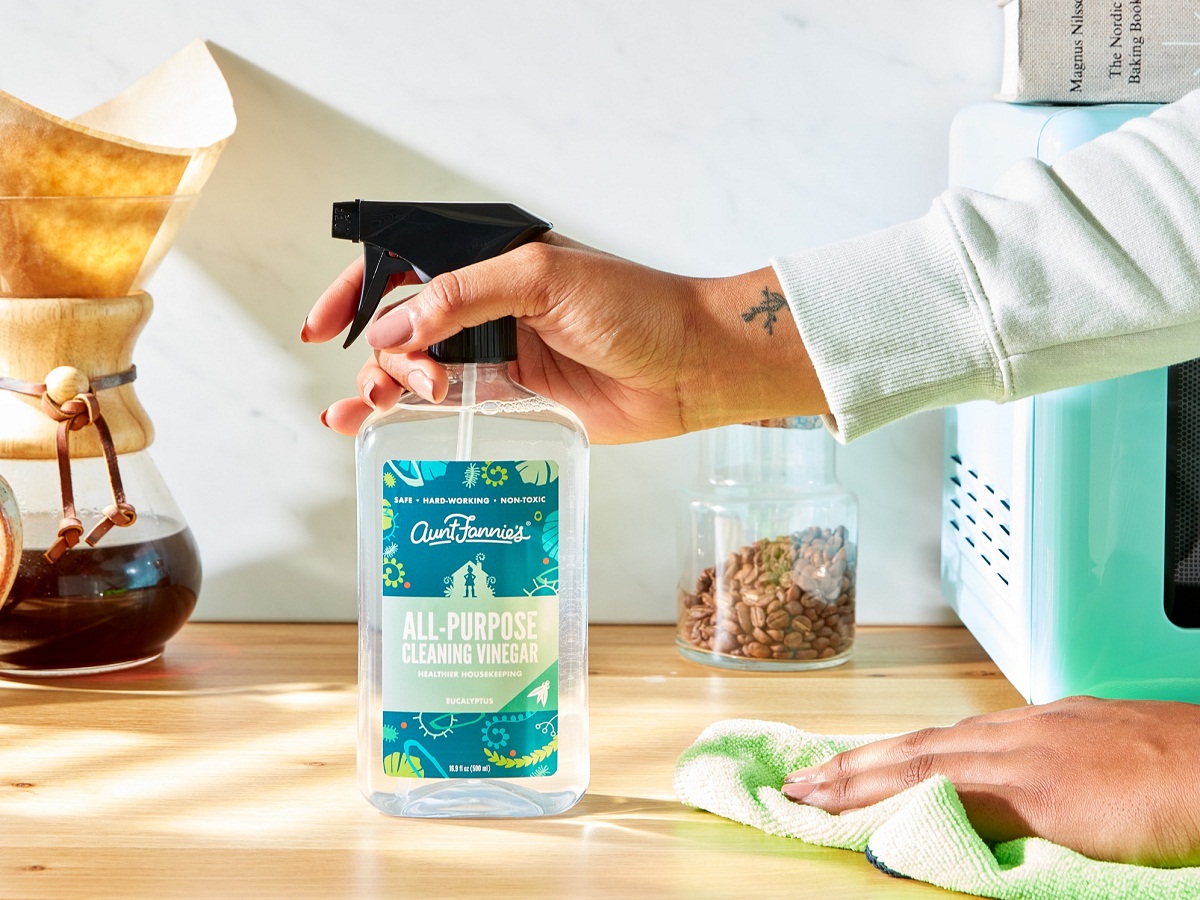
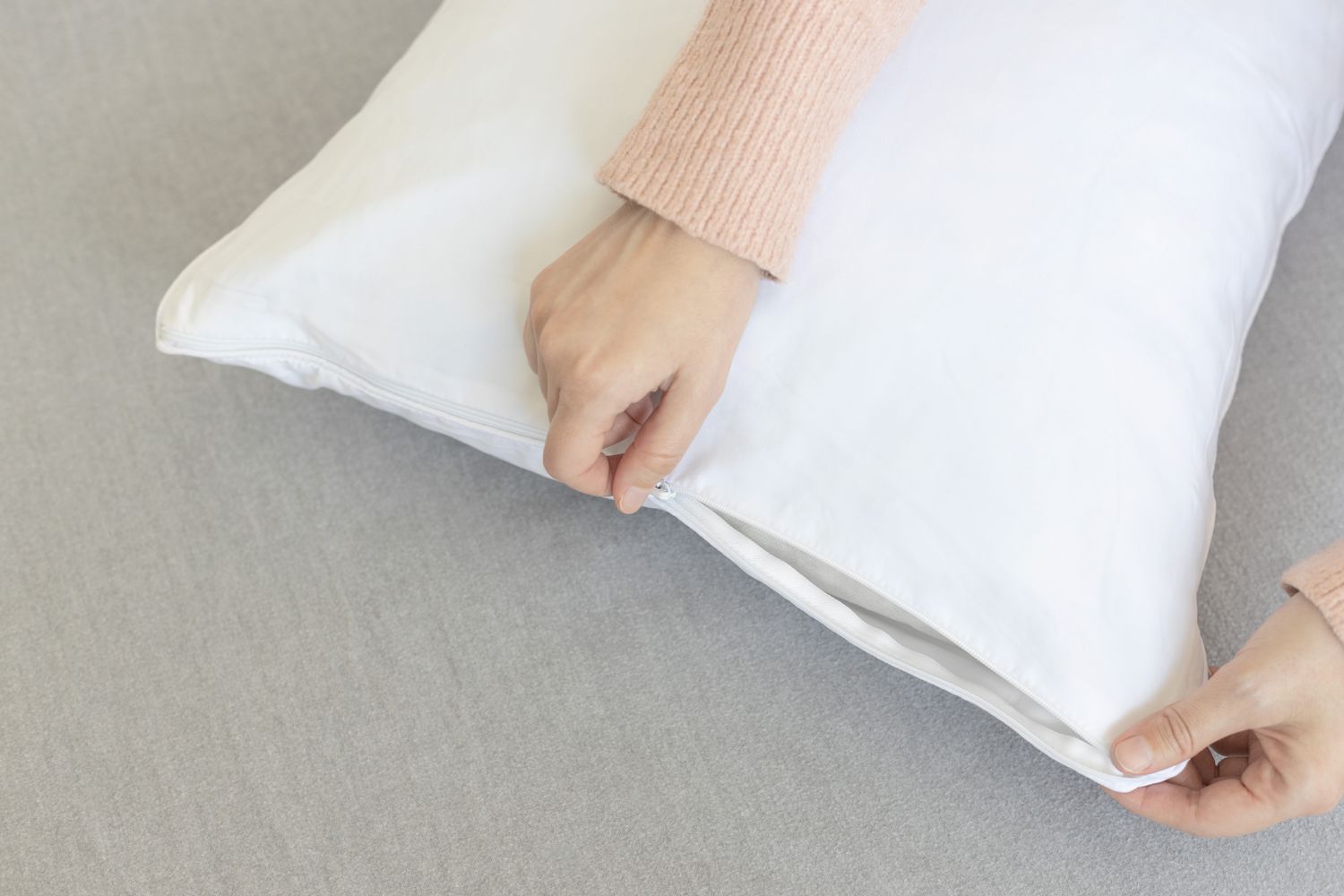
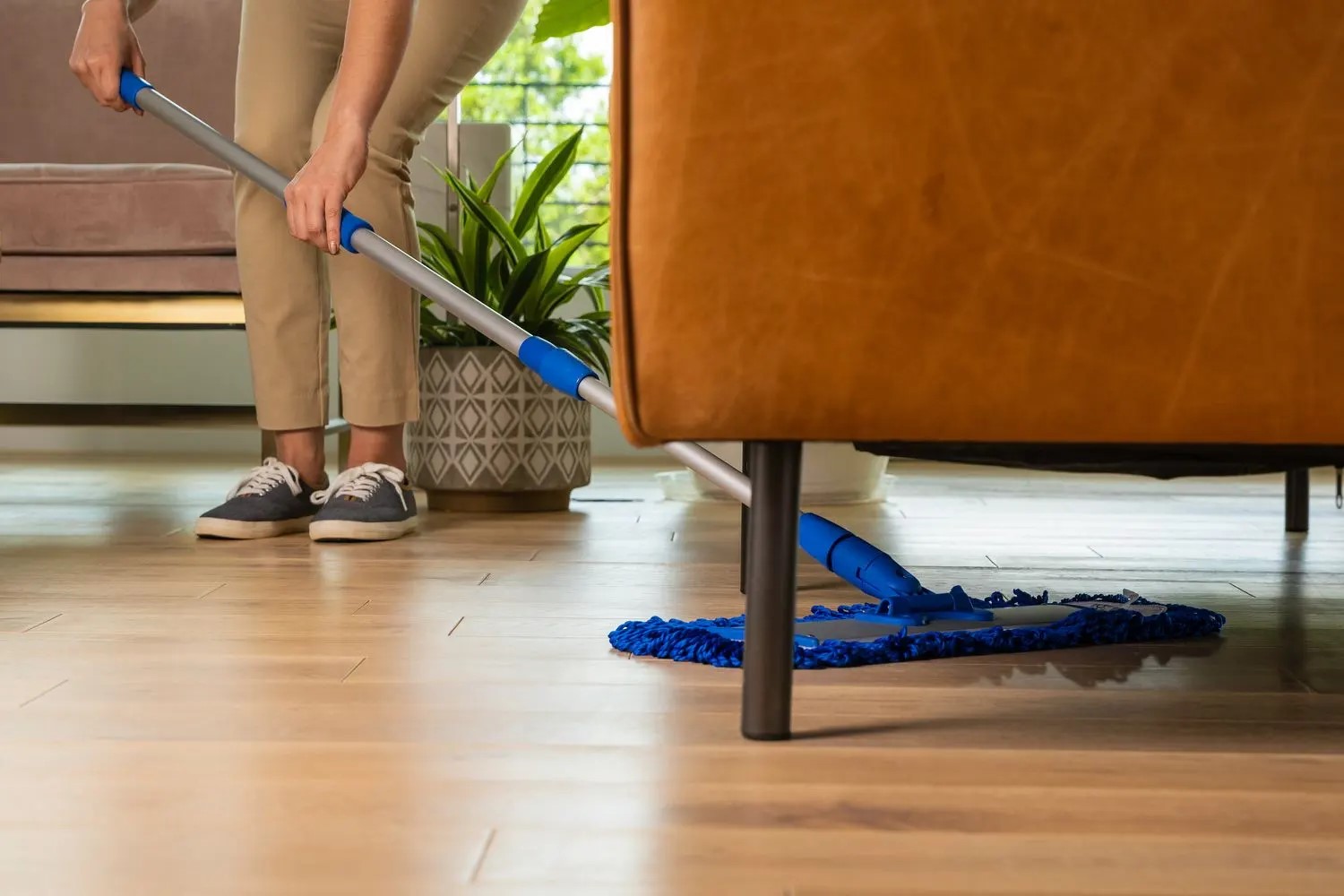

0 thoughts on “How To Dust Furniture”